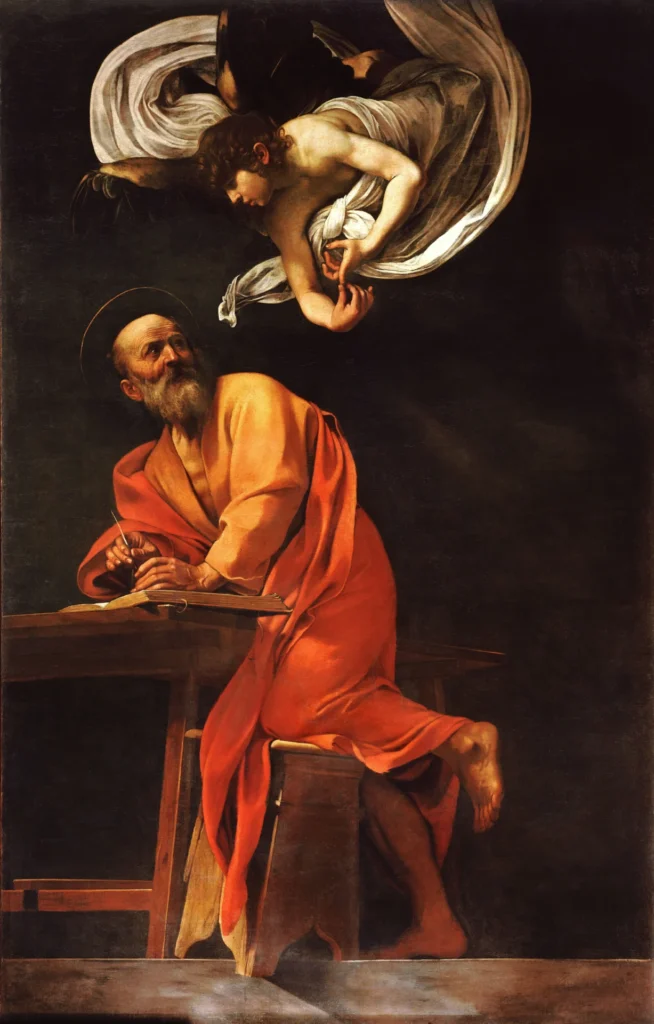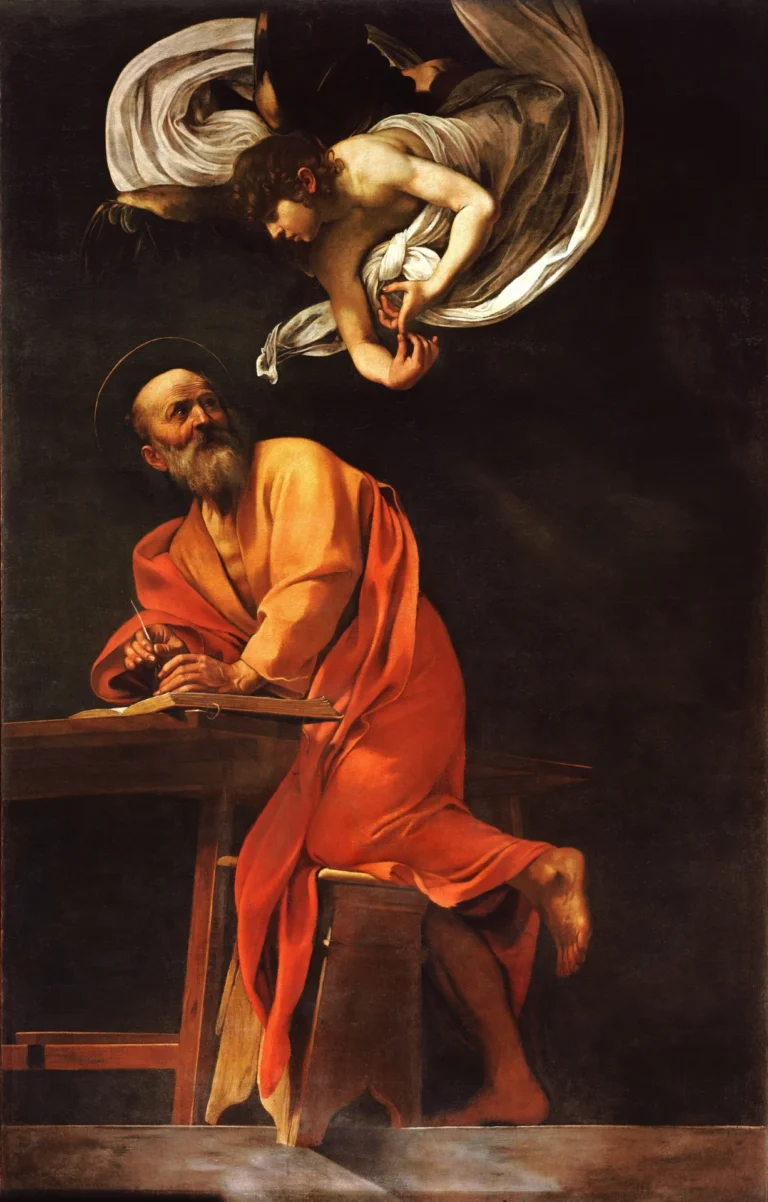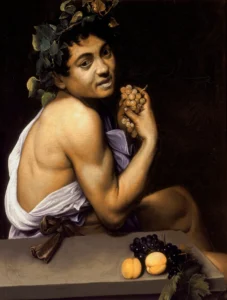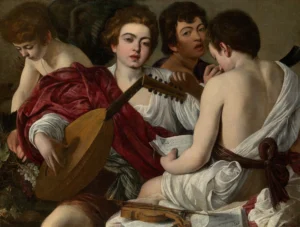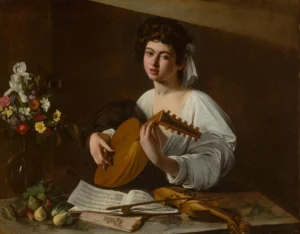Saint Matthew and the angel (circa 1602)
Created around 1602, Caravaggio's Saint Matthew and the angel represents an innovative yet controversial depiction of the apostle Matthew receiving divine inspiration from an angel. The initial version was quickly completed but rejected due to its unorthodox representation of Matthew as childlike, prompting Caravaggio to create a second, more accepted version known as 'The Inspiration of Saint Matthew.' This latter piece is now celebrated for its Baroque grandeur and emotional depth, showcasing Caravaggio’s mastery of capturing humanity within religious narratives.
Year 1602
About the Artwork
Caravaggio was commissioned in 1602 to paint an altarpiece for the Contarelli Chapel featuring Saint Matthew. His first attempt depicted the saint in a childlike manner, which patrons deemed blasphemous, and it was rejected. This rejection led to the creation of a second version, 'The Inspiration of Saint Matthew,' which adhered more closely to traditional Catholic imagery while showcasing Caravaggio's distinctive use of realism and dramatic lighting. Tragically, the original piece was lost during World War II, solidifying its significance and lamentable absence in art history.
Did You Know
At the time of creating Saint Matthew and the angel. Caravaggio was establishing himself as a leading figure in the Baroque art movement, renowned for his dramatic use of light and shadow known as chiaroscuro, which would go on to influence generations of artists.
The first version of Saint Matthew and the angel was lost during World War II, which adds an air of mystery and tragedy to its story, leaving art historians to speculate on its original appearance and the impact it had during its time.
The second version, ‘The Inspiration of Saint Matthew’, is a cornerstone of Baroque art, demonstrating Caravaggio’s ability to merge the divine with human emotion. Its acceptance solidified his reputation and reinforced the Catholic Church’s preference for emotional narratives in religious art during the Counter-Reformation.




